Primary Rate Interface, or simply PRI, is a well-established telecommunications technology. We’ve been using it since the 1980s. It provides reliable, concurrent transmissions for voice, video, and data.
And while the digital transformation is opening the door to new possibilities, PRI remains a stable and well-loved solution to keep businesses connected.
PRI Features
The most notable feature of PRI line technology is that a single line can transmit up to 23 separate communications simultaneously. This means that up to 23 people can be on the phone, video conference, or transmitting data without having to wait their turn. PRI lines use copper wiring to connect the telephone service provider to the business end-user.
PRI lines are adaptable to many formats. They can handle analog signals as well as various PBX system configurations. A PBX system is a private telephone network that operates a company’s call routing features for inbound and outbound communications. Multiple PBX systems can be connected to a single PRI line to increase capacity.
PRI connection hardware (the cable that physically connects your system) comes in two different technologies: T1 and E1. The E1 is most commonly used throughout Europe and Australia, while T1 is more common in North America and Asia. Other than geographical differences, both lines are similar, with only minor differences in the number of channels and transmission speeds.
Related: Building a Phone System that’s Truly Worth Smiling About
How PRI Systems Work
If you have called a business where employees are assigned a direct number, this is a tell-tale sign of a PRI system. On this type of telecommunications network, there are not literally dozens of individual phone lines for that business. Since PRI lines can handle up to 23 simultaneous calls, there may only be one phone line per 50 employees.
This also means that businesses will need to purchase additional PRI lines to accommodate their growing capacity as businesses grow. And for around the last 40 years, PRI technology has expanded the realm of possibility in business communications. But there are a few downsides.

Drawbacks to PRI Systems
One of the biggest downsides to PRI technology is that it is pretty inflexible when it comes to small businesses that grow slowly. PRI lines only come in one size—23 communication lines. There is no option to add one or two lines at a time. It’s a lot like renting an eighteen-wheeler when you actually need a cargo van. PRI systems are also not remote-friendly, so there will be less room for PRI technology in business communications as we transition to remote-first and hybrid workplaces.
Related: Why Hybrid Work is More than Just a Trend and is Here to Stay
Alternatives to PRI Lines
If you’re unsure about PRI phone lines for your business, the good news is that there are options outside of PRI lines. Just because the majority of businesses have embraced this technology over the last few decades doesn’t mean it’s the only option on the market. Other options include:
- Plain Old Telephone Service, One Line at a Time (POTS)
- Session Initiation Protocol (SIP)
- Voice over Internet Protocol (VoIP)
G12 Communications is seamlessly integrating innovative technology into business communications. We’re focused on designing dynamic solutions for the modern business world. Big or small, we work with businesses of all sizes to provide the right technology to keep everyone connected. Learn more today.

How PRI Technology Compares to the Competition
PRI networks come attached with a monthly fee per line. Plus, the business ponies up for long-distance and international calling, as well as any maintenance needs. Depending on the size of the business, these added costs can make PRI systems a little pricey.
With VoIP service, there is no phone line at all to pay for. And since everything is connected using the internet, you can also cut out those long-distance and international calling fees. So, if you do a lot of business over the phone, it can make sense to look for an all-inclusive service.
VoIP systems are uniquely well suited for remote working. Users can log into the system from anywhere, at any time to make and receive calls under the organization’s name. But the technological nature also means that if servers go down, service may go down. A well-equipped VoIP host will plan for this by providing multiple host sites for outages, so business-end users see minimal service disruptions.
SIP trunking is another virtual system, similar to VoIP in flexibility. It is not tethered to a physical phone line, and calls can be re-routed in the event of an emergency. But unlike VoIP, they can only be re-routed to a predefined location.
A POTS system is the most simplistic and relies on traditional telephone lines. That’s good news if the internet is down. But day-to-day, it can be rather limiting. The quality of your phone service depends largely on the quality of your internet signal if you are using VoIP or SIP systems. And the quality of your phone lines if you are using PRI or POTS systems.
If you have ever been on the phone with someone who sounded muffled or distant, you know that analog lines can have as much trouble as digital.
Related: Turn Any Device into a Full-Featured Business Phone
Final Thoughts on PRI Technology
Primary Rate Interface (PRI) technology has been the favored choice in business communications for nearly 40 years. But all good things eventually come to an end.
As we enter a new era of remote and hybrid working roles, we need more flexibility than PRI can offer. Looking at PRI side-by-side with newer technologies like VoIP, there is almost no competition in terms of scalability, call quality, cost, and accessibility.
In almost every category, VoIP is outperforming PRI. But that is only in areas where internet service is consistent and high-quality. Rural areas will continue to rely on PRI systems for many years to come.
G12 Communications is making it possible to connect with the world. We’re providing innovative communication solutions to support business growth through digital transformation. Between providing great tech and leading with a customer-focused approach, our company is breathing fresh air into the way the world does business. Learn more today.









